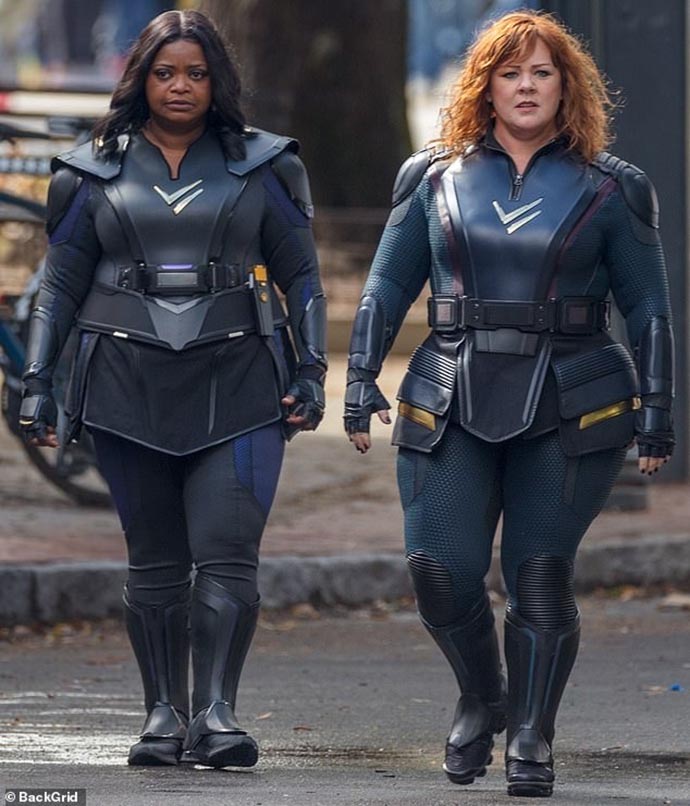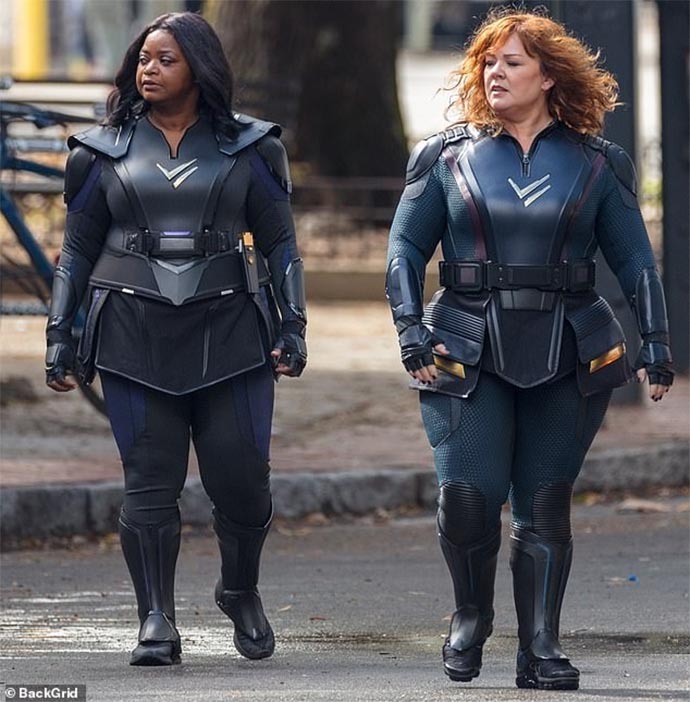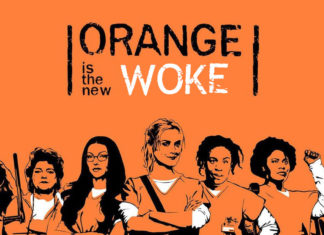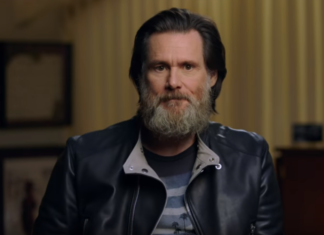Melissa McCarthy and Olivia Spencer are filming a superhero movie for Netflix and it’s not looking good. Or, to be a bit more snide, it’s looking as good as you’d expect from a Melissa McCarthy superhero movie for Netflix.
The movie is titled Thunder Force and will feature McCarthy and Spencer as two ordinary women who develop superpowers and then devote themselves to a higher calling as superheroes.
Marketed as an action-comedy (obviously) it is currently believed that Thunder Force will be released late in 2020.

My initial reaction to the news was, “Meh!” and the more I look at Thunder Force the more “Meh!” it becomes.
Thunder Force is, I think, an example of Netflix flailing around trying to find new product to sell because so much of their past content has been taken back by parent studios like Disney.
The firm behind Thunder Force are Marc Platt Productions, who are also responsible for such works as Disney’s Mary Poppins Returns and the live-action Aladdin. That at least allows potential audiences to adjust their expectations accordingly.

Why Won’t This Work?
Who is the target market for superhero movies?
It’s pretty obvious that the target demographic for superhero movies are men. Usually younger men, and those in middle age who grew up with comic books.
Will men of any age voluntarily watch a Melissa McCarthy movie?
No.
Who is the target market for Melissa McCarthy movies?
Purportedly it’s women, probably middle-aged and older, but based on the performance of the 2016 Ghostbusters? I’m more inclined to say, “Nobody”.
Will women who’d watch a Melissa McCarthy movie want to watch a superhero movie?
Some, but probably not many.

Should I Draw You A Picture?
Thunder Force is a very niche product.
Niche products can work, people keep buying tickets to Terminator movies after all, but a niche product on a streaming service which has very little to justify purchasing a subscription anyway is not a good investment.
That’s why the “This isn’t for you” excuse that is wheeled out whenever complaints are made about something like The Last Jedi is foolish.
Unless your niche is so large that you can safely ignore the greater market, you had better be making your product for everyone.
K-Pop is not widely distributed outside of South-East Asia, but performers have so many fans there they can safely ignore the Western market.
Likewise, Japanese companies don’t regard the West as a major market for manga and anime, because they already have millions of customers right in their own backyard.
Netflix, on the other hand, is in competition with the streaming services offered by Disney and Amazon, and much of their popular content was either from Marvel Studios, owned by Disney, or from the back catalogs that they got for cheap back when companies didn’t believe streaming services would become a thing.
They need new material in order for people to be able to justify their ongoing monthly charges, but Thunder Force is not that material.
If you want a superhero movie to appeal to fans of superhero movies, especially in a completely new production, then you need your characters to look like superheroes.
Open A Comic Book
The characters you see will see (as long as the artist is competent), both male and female, embody physical ideals of athleticism and beauty. The few variations, like Blob or Big Bertha, are defined by their deviation from that ideal.

In the MCU and DC movies, all the actors that weren’t being represented in CGI got themselves into great physical shape to play their parts.
If you want a superhero movie to attract superhero movie fans then you have to “commit to the bit” and cast people who actually look like superheroes.
And if you want to make a comedy you have to cast someone who’s actually funny.
My prediction is that Thunder Force will be another Ghostbusters 2016, with only its restriction to Netflix concealing its embarrassing performance.










